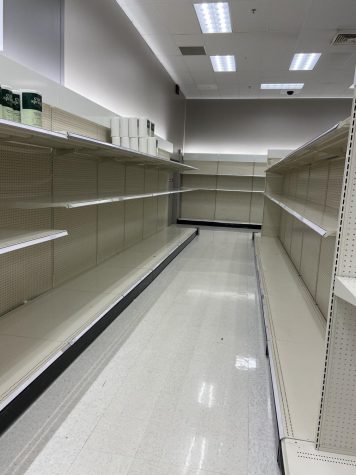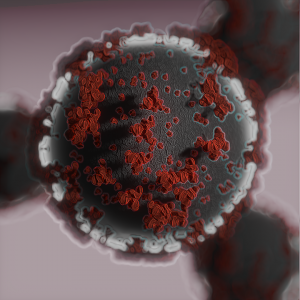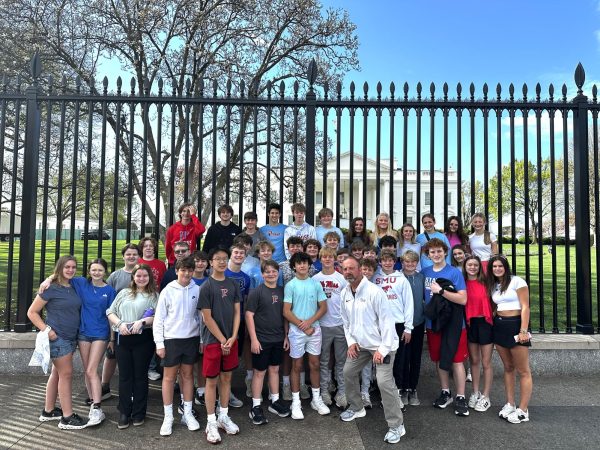United States now the epicenter of coronavirus pandemic (COVID-19 update 3/28/20)
Up to date as of 3/28/20
The CDC page on COVID-19 cases in the United States is updated daily at noon, Monday through Friday. CDC statistics taken from 3/27/20 update.
The United States of America has surpassed both Italy and China as the epicenter of the COVID-19 pandemic, reaching over 85,300 confirmed cases of the virus according to the CDC. Late Friday night, some media outlets began reporting up to 100,000 cases nationwide; this total will likely be confirmed by the CDC update on Monday (3/30/20). The death toll rose to over 1,200.
With the closure of thousands of so-called nonessential businesses, millions have filed for unemployment. New York, California, Washington state, and New Jersey remain the hardest hit areas of the country. Mayor Garcetti of Los Angeles suggested shutting off water and electricity to nonessential businesses in his city that did not abide by quarantine guidelines; Governor Edwards of Louisiana threatened to send the national guard to a church that had continued to hold large church services despite social distancing recommendations.

Apocalyptically barren shelves great shoppers searching for sanitation supplies.
Following the signing of the $2.2 trillion relief bill, President Donald J. Trump and the White House Coronavirus Task Force held a press conference at 6 pm Friday night to update the public. Members of the task force who spoke at the press conference included Vice President Mike Pence and Doctors Birx (response coordinator for the task force) and Fauci (director of the national institute of allergy and infectious diseases); Secretary of Education Betsy DeVos and officials from private sector partners McLane Global and Panera Bread also spoke at the press conference. During the press conference Trump described many of the measures the federal government is taking: signing contracts with private sector manufacturers to produce tens of thousands of more ventilators, discussion with Chinese president Xi Jinping, and data comparison with China.
Trump praised Congress for working quickly to pass the third coronavirus relief bill, named the Coronavirus Aid, Relief, and Economic Security (CARES) Act, saying, “I want to thank Republicans. I want to thank Democrats for coming together for the whole of the nation.” The bill, the largest monetary bill in US history, primarily includes job retention loans for small businesses, direct cash payments to citizens, and an increase in hospital funding and the disaster relief fund. In a rare moment, Trump also praised the media for its fair coverage of the pandemic and American efforts to combat it. Despite plummeting stocks and massive business shutdowns, Trump was positive about the economy’s ability to recover after the virus peaks.
Both Trump and Secretary of Education Betsy DeVos addressed teachers and students and the challenges they are facing in the wake of the COVID-19 pandemic. When asked what he would say to students watching at home, Trump stated, “They have a duty to sit back, wash their hands, and just learn from it. The young people have been tremendous. They should sit back and be very proud of their country because we’re doing it for them.” Secretary DeVos described the efforts of teachers around the country to continue education, from those in large cities with robust online learning programs to small rural towns where online learning isn’t feasible and teachers are sending printed packets to students. “We stand ready to assist educators and their students…It’s in the face of great challenges that Americans have always risen to the occasion and produced great results,” DeVos concluded.
Also discussed at the press conference were the efforts of McLane Global and Panera Bread in partnership with the federal government to provide meals for children in rural areas who had relied on school for breakfast and/or lunch.
Dr. Birx explained the importance of adapting quarantine guidelines to individual communities. The United States can’t use the exact measures China and South Korea used; however, we can learn from them and adapt plans used by other nations to fit our own situation. Dr. Birx also explained that diagnosed cases of COVID-19 and hospitalizations in the next two weeks will not reflect mitigation efforts, as these infections will have occurred before said efforts were instituted.
The United States is running upwards of 100,000 tests daily; though Trump is hopeful that all the ventilators in production will not be needed, as testing increases so will the number of confirmed cases; President Trump has stated that he hopes to ease nationwide restrictions/advisories by Easter weekend; however, he also stressed the importance of a safe return to normalcy. In many cases, it will likely be up to local communities to determine what guidelines they will follow based on the prevalence of COVID-19 in different areas of the country.

Shelves at the Flowood Target that once held towels and toilet paper.
While COVID-19 continues to spread and many feel trapped in their own homes and fear the virus’s effects on their community, it is important to remember that we are all going through this together. It’s a cheesy statement, but it is true. The only way for the United States to come through this pandemic and recover is for us to work together and follow the recommendations of medical professionals, the CDC, and our local government officials. It is the duty of healthy individuals to protect those members of the population who are more vulnerable to serious complications from this virus. The virus’s spread is reaching its peak, and these next few weeks will be crucial for our country’s efforts combating COVID-19. We need to support and trust our doctors and each other; and, as always, don’t hoard toilet paper. As Secretary DeVos stated, “It’s in the face of great challenges that Americans have always risen to the occasion and produced great results.”
The COVID-19 pandemic is a developing story, and The Sentry will continue to post updates as the situation progresses.
What’s your coronavirus/quarantine/social distancing story? Let us know at [email protected]













